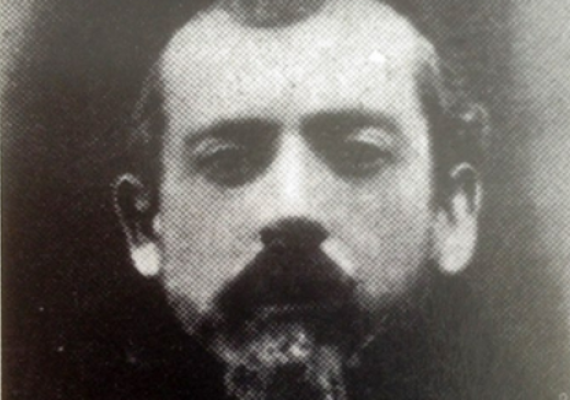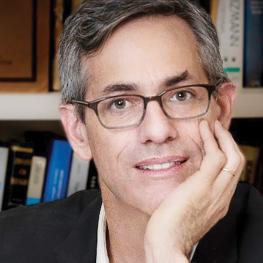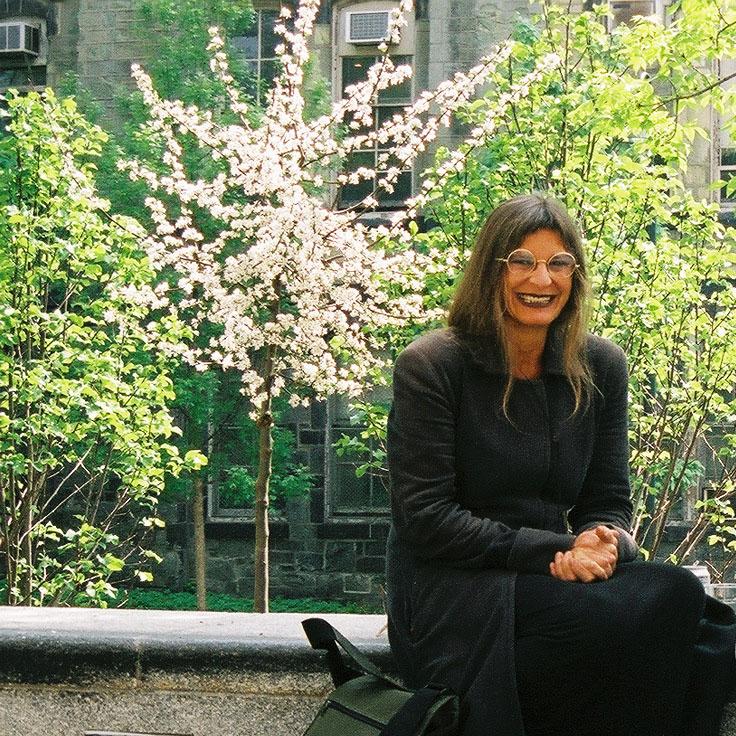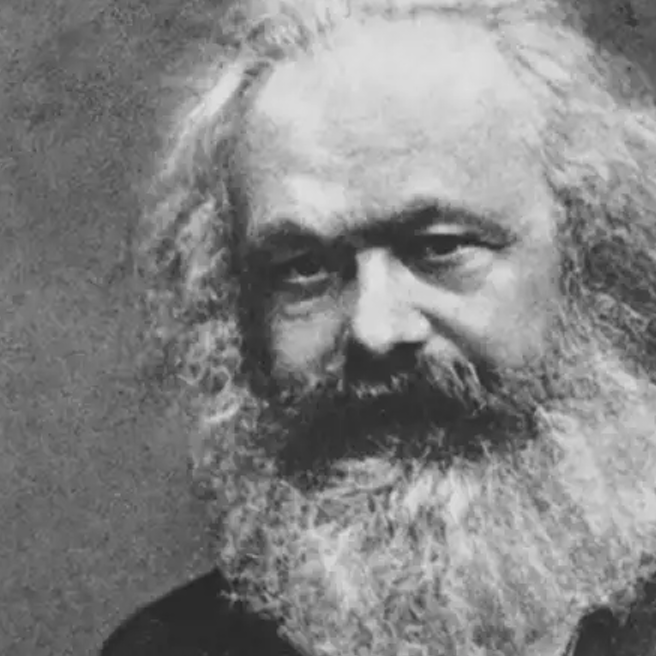JQR Contributor Conversation: Wojciech Tworek on Hasidism between the World Wars
JQR editor David Myers chats with contributor Wojciech Tworek about new paradigms in the study of Hasidism on the horizon of Modernity, Shimon Engel, and the loss of a beloved teacher.

Myers asks about some of the broader questions that inform Tworek’s recent essay “Mystic, Teacher, Troublemaker: Shimon Engel Horovits of Żelechów and the Challenges of Hasidic Education in Interwar Poland” (JQR 110.2)
David Myers: What was the crisis in Hasidic life to which Shimon Engel was responding in the interwar period? How would you say he and his ideas fared in the competitive cultural marketplace of the time? Was he part of a “Hasidic renaissance” of the day?
Wojciech Tworek: The major crisis faced by Hasidic communities in the interwar period was related to the desertion of Jewish youth on a dramatic scale. Many political, cultural and economic factors contributed to this phenomenon, but for Engel, the major issue was the acculturation of Jews. Not only did many Jews leave Hasidism to enjoy whatever non-Hasidic cultures had to offer; but, Engel claimed, surrounding cultures had a deleterious impact on those who stayed within the fold, transforming Hasidic communities from brotherhoods of mystics into ossified associations of rabbinical clerks. He believed that through his work with Jewish youth, he could revive what he saw as the original spirit of the eighteenth-century Hasidism. He shared this belief with many other rabbis, intellectuals, educators or writers, who also thought that Hasidism was on the brink of disintegration. We should keep in mind, however, that this “Hasidic renaissance” as I call it following other scholars, was not a coordinated effort; what’s more, Engel vehemently opposed some of the revivalist activities, such as the development of Hasidic yeshivahs, involvement in party politics, or the popularization of Hasidism in literature and the press. While others believed these undertakings would save the Hasidic world, for Engel they were the final nail in the coffin of the Baal Shem Tov’s legacy. Engel’s highly elitist project never attracted many followers and failed to make a sizable impact on the pre-Holocaust Hasidic community, although some of his ideas, as I point out in the article, were carried on by his surviving disciples.
DM: Why did he decide to work in a setting—the yeshivah—which he found so stultifying? This decision would seem to reflect his contrarian spirit. Can you elaborate on that quality a bit?
WT: I do not think that there is one definite answer to this question, but several factors were certainly at play. First of all, Engel’s sense of urgency and personal responsibility for religious youth. A yeshivah, in particular one as big and elite as the one in Lublin, provided him with direct access to (at least nominally) the smartest and most devoted among young Hasidim. Where else could he find more suitable candidates for his disciples? Also, based on a reading of his letters in Nahare e”sh, I believe that he genuinely liked interacting with yeshivah students. Secondly, if he wanted to transform Hasidism from within, he needed to place himself in a position of influence. And indeed, we have reports on him attempting at taking over as Meir Shapira’s successor as the president of the Lublin yeshivah. And thirdly, we do not have to be cynical to acknowledge that a job in a yeshivah came with a salary, albeit a meager one. As far as the sources tell us, Engel struggled financially all his life, and the yeshivah job paid at least some of his bills and provided him with a roof over his head. All in all, the fact that Shimele Engel spent significant time teaching in various yeshivahs despite his open disdain for the yeshivah environment remains an interesting paradox. I think, however, that many people involved in university education could actually easily empathize with Shimele. Many of us complain about the bureaucratization and the corporatization of higher education, which turn us into “providers of academic content” and our students into “customers,” and yet we stay, for the love of learning, for our students, for the steady if meager salary, and for the naïve belief that our next book will fix it all.
DM: Engel’s ideal educational curriculum had a kind of neoclassical quality, manifested not only in the return to the Besht, but in the unusual concentration on the Hebrew Bible. What does this curricular focus say about Engel and hist time?
WT: Engel’s curriculum reflects his staunch conservatism. He believed that, generally speaking, contemporary scholarship is tainted by the sins of acculturation and pride, and, in fact, the overproduction of religious books is part of the spiritual problem of interwar Jewry and not the solution. Therefore, he postulated a return to the classical rabbinic and Hasidic sources, which for him represented the ideal past which he sought to reconstruct with his disciples: a past that preceded the encroachment of modernity and foreign influences into Jewish communities. Bible study had a particular place in Engel’s reconstructive endeavor, as he believed that only solid grounding in it could guard Jews from submitting to foreign cultural influences, which for him were equivalent to idolatry. Engel also called for a return to the study of the Prophets. Only there, he believed, could one find true concepts of a just and moral society.
DM: As a definitional and conceptual matter, what does his “à la carte” approach, as you call it (p. 342) tell us about Hasidism in Engel’s day?
WT: The à la carte approach means that Hasidim and fellow travelers did not have to look for one particular tsadik and one particular court for the fulfillment of their religious and social needs. Rather than fully identifying with a particular strand of Hasidism, many Hasidim would now go to a tish of one tsadik, ask another tsadik for help with livelihood, seek spiritual guidance in the books of the third, and send their kids to a yeshivah run by a different dynasty altogether. As Marcin Wodziński writes in JQR 106.3, this à la carte approach was facilitated by the rapid urbanization of Hasidism in the early twentieth century. Masses of Hasidim moved to mid- and large-size cities where they would sometimes have a number of tsadikim within walking distance. On the one hand, this approach testifies to the weakening of partisan affiliation in interwar Hasidism. On the other hand, this state of affairs forced Hasidic elites to seek ways of reengaging their rank-and-file and strengthening their communal attachment via partisan educational institutions, publishing activities, invented rituals, outreach initiatives, and so on. I hope to present some of these strategies, undertaken by Chabad-Lubavitch in interwar Poland, in a forthcoming work.
DM: We were saddened to hear of the passing last month of your teacher, Professor Ada Rapoport-Albert z”l, one of the great scholars of Hasidism in our generation. What impact did Prof. Rapoport-Albert’s work and teaching have on your own research?
WT: Ada’s teaching and scholarship were and remain a huge source of inspiration for me. I wrote my doctoral dissertation on the teachings of Shneur Zalman of Liady, the founder of Chabad, under her supervision. Afterwards, and very much under her influence, I decided to move away from the narrowly defined intellectual history of Hasidism, to a crossover of cultural and social history of the movement. My current research on Chabad has been very much indebted to her articles on Chabad hagiographical writings or Chabad’s feminine constituency. Ada also encouraged me to look beyond Hebrew speculative writings and explore more Yiddish, Polish, Russian and other sources for the history of Hasidism; I hope some effects of it are already visible in my article. Besides being a brilliant and cutting-edge scholar, Ada was also a very generous person, always ready to share her time and expertise with her students and colleagues. She very kindly agreed to read and comment on an early version of this article, which helped me tighten up my argument and improve the overall clarity of the paper. All these, and many more, made her my role model and a lasting source of inspiration. She will be sorely missed.



